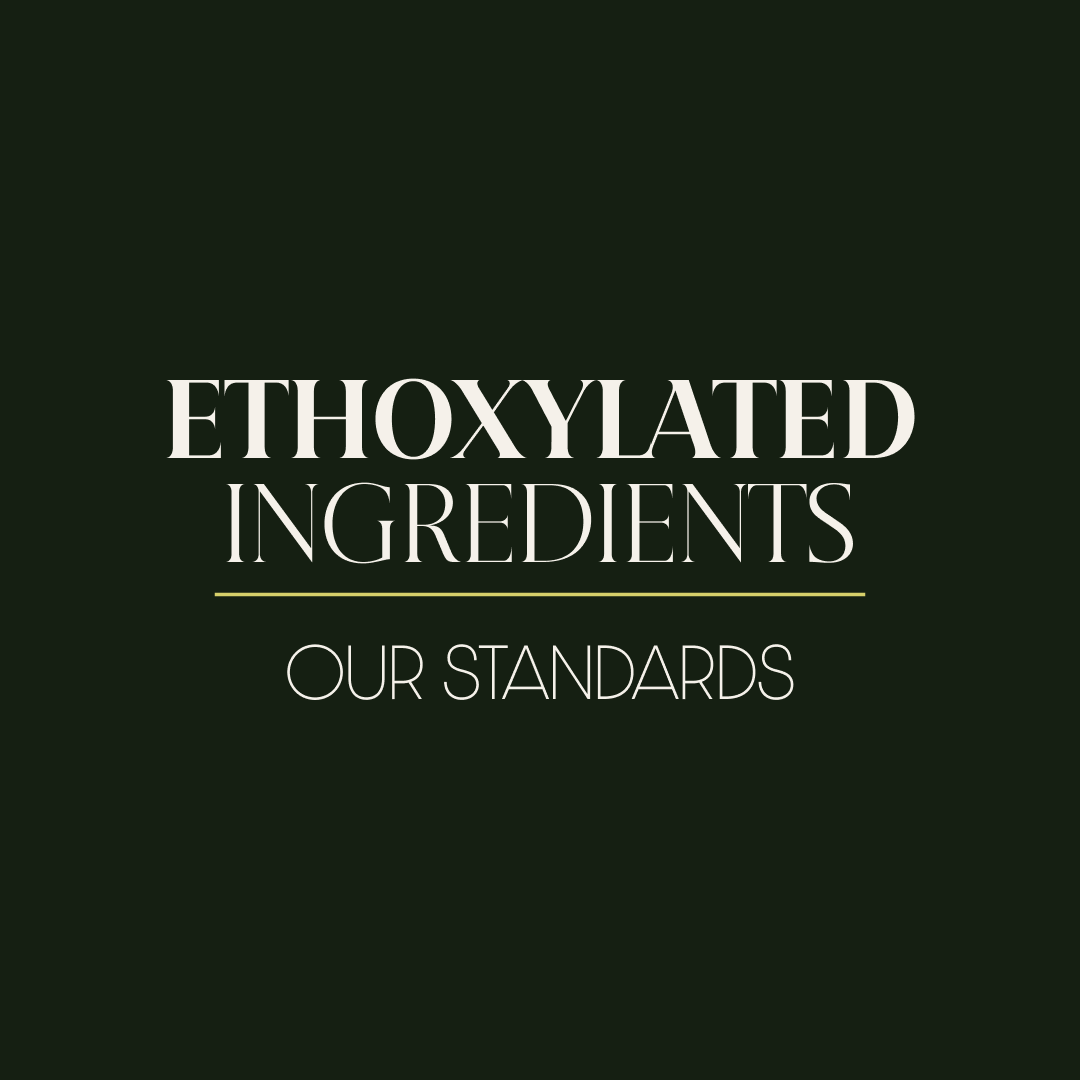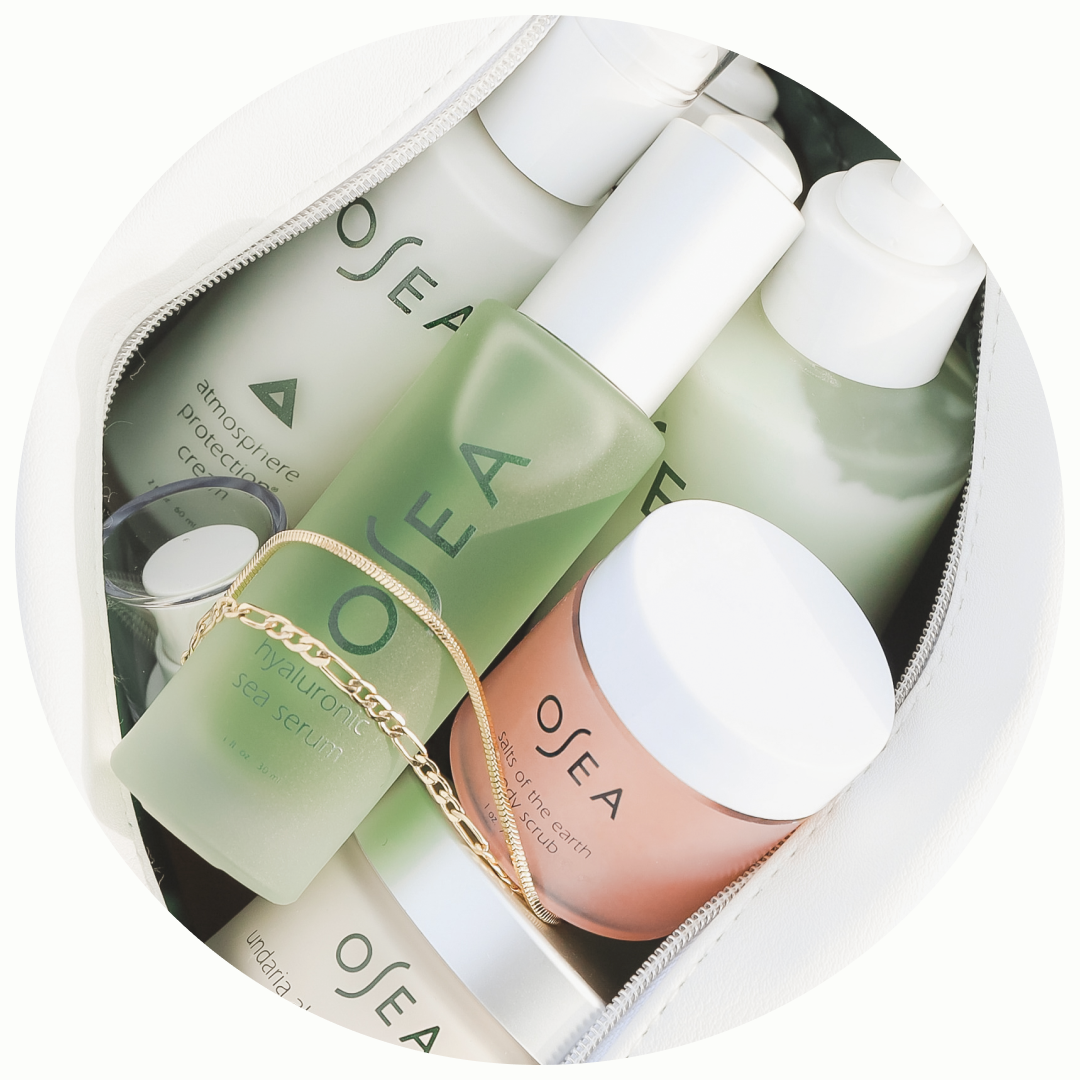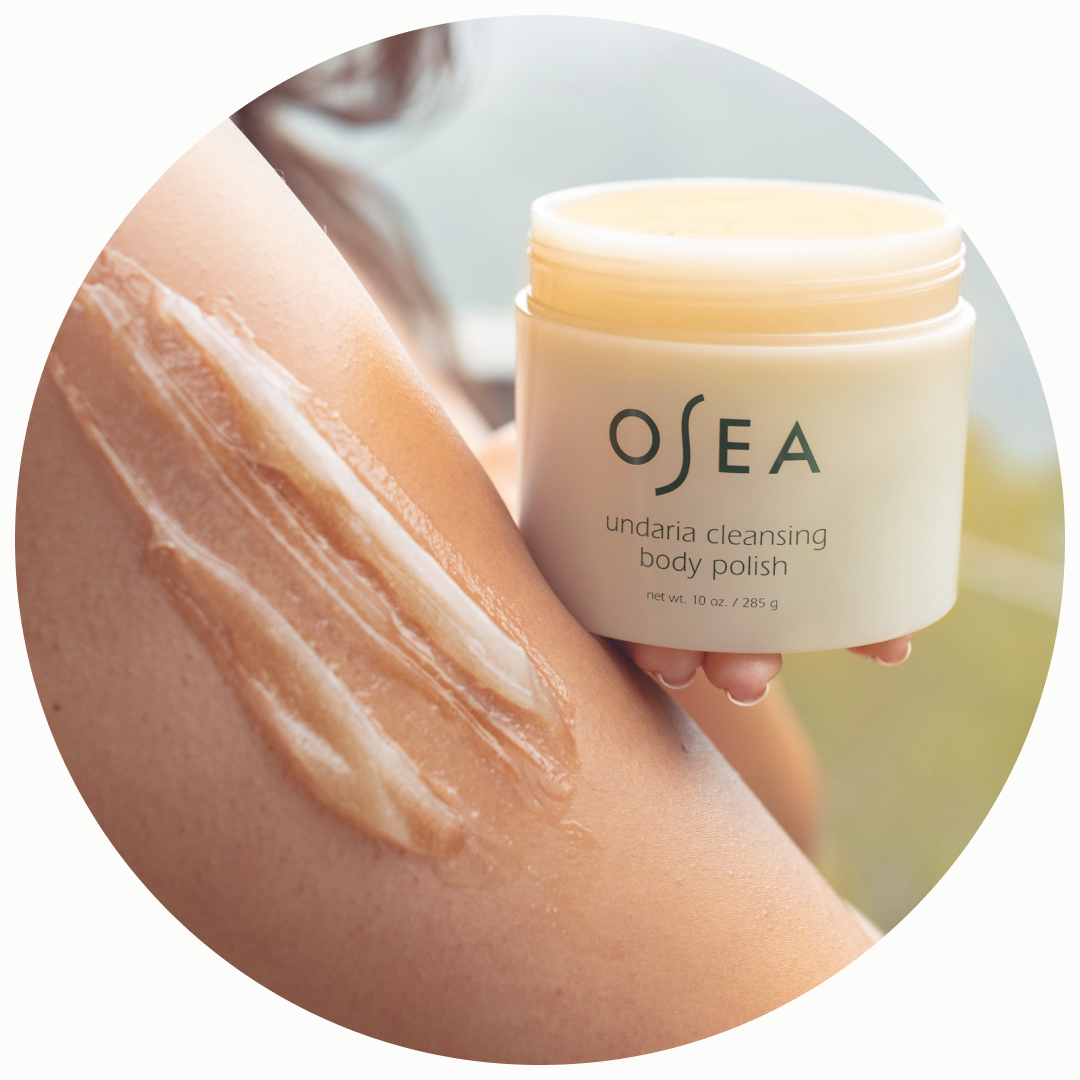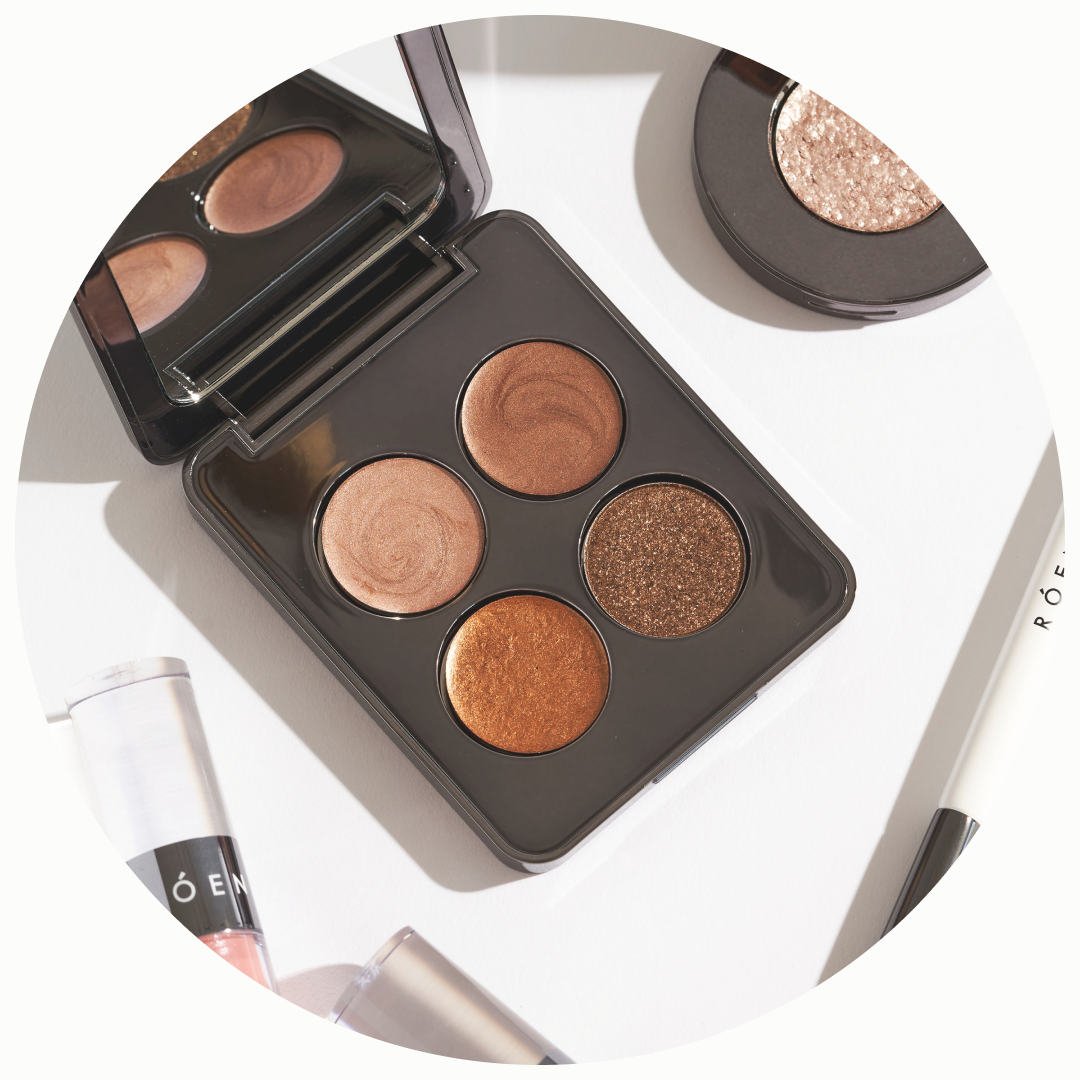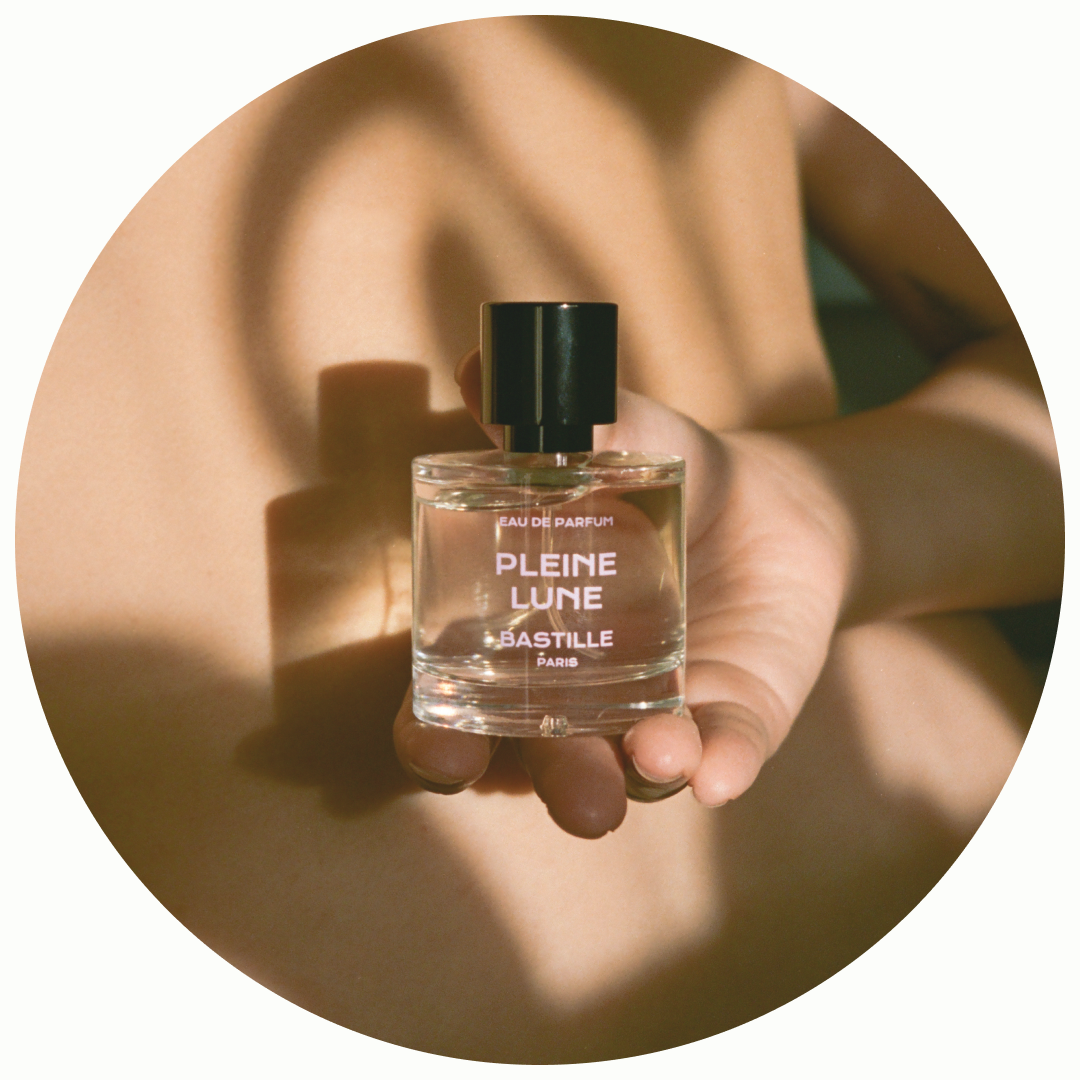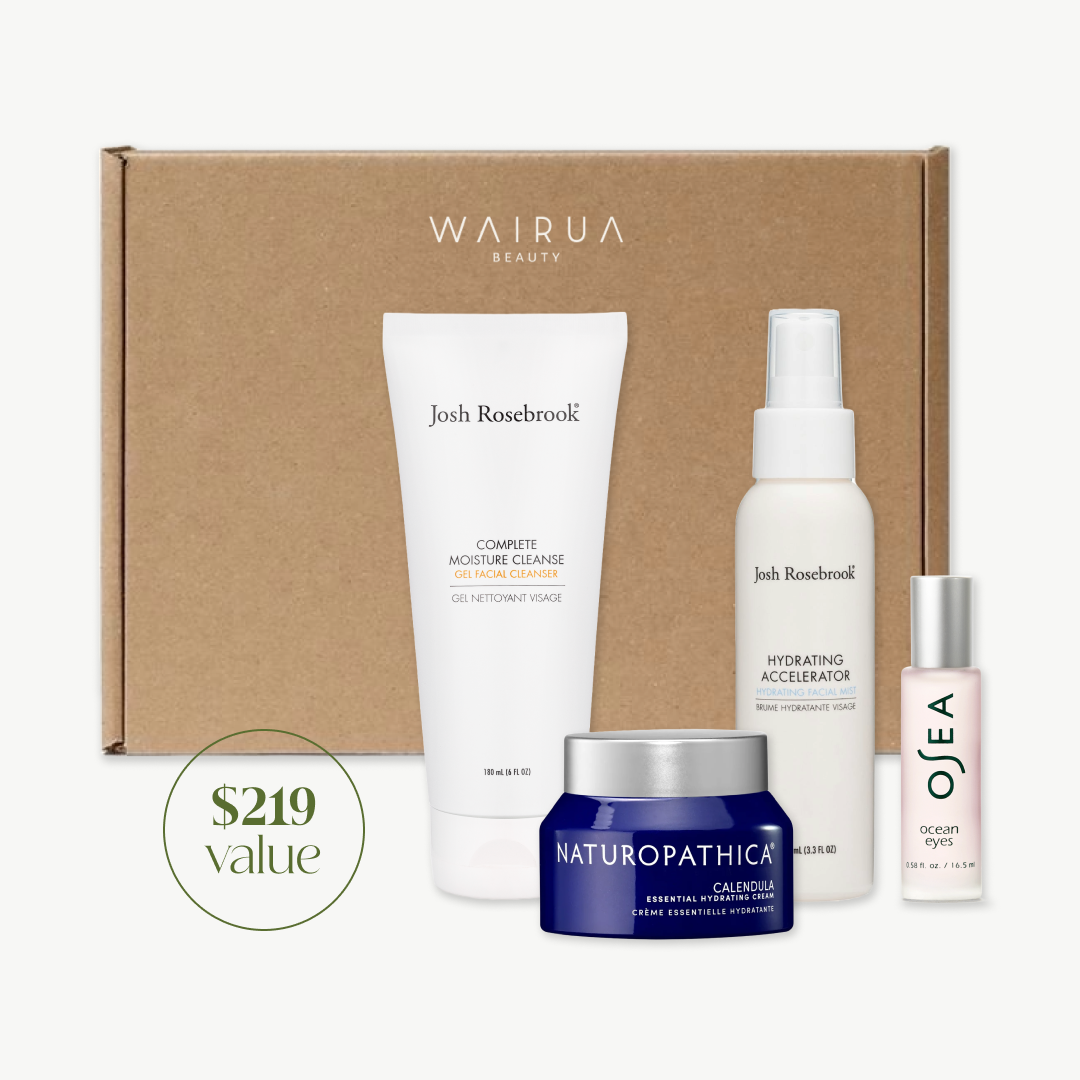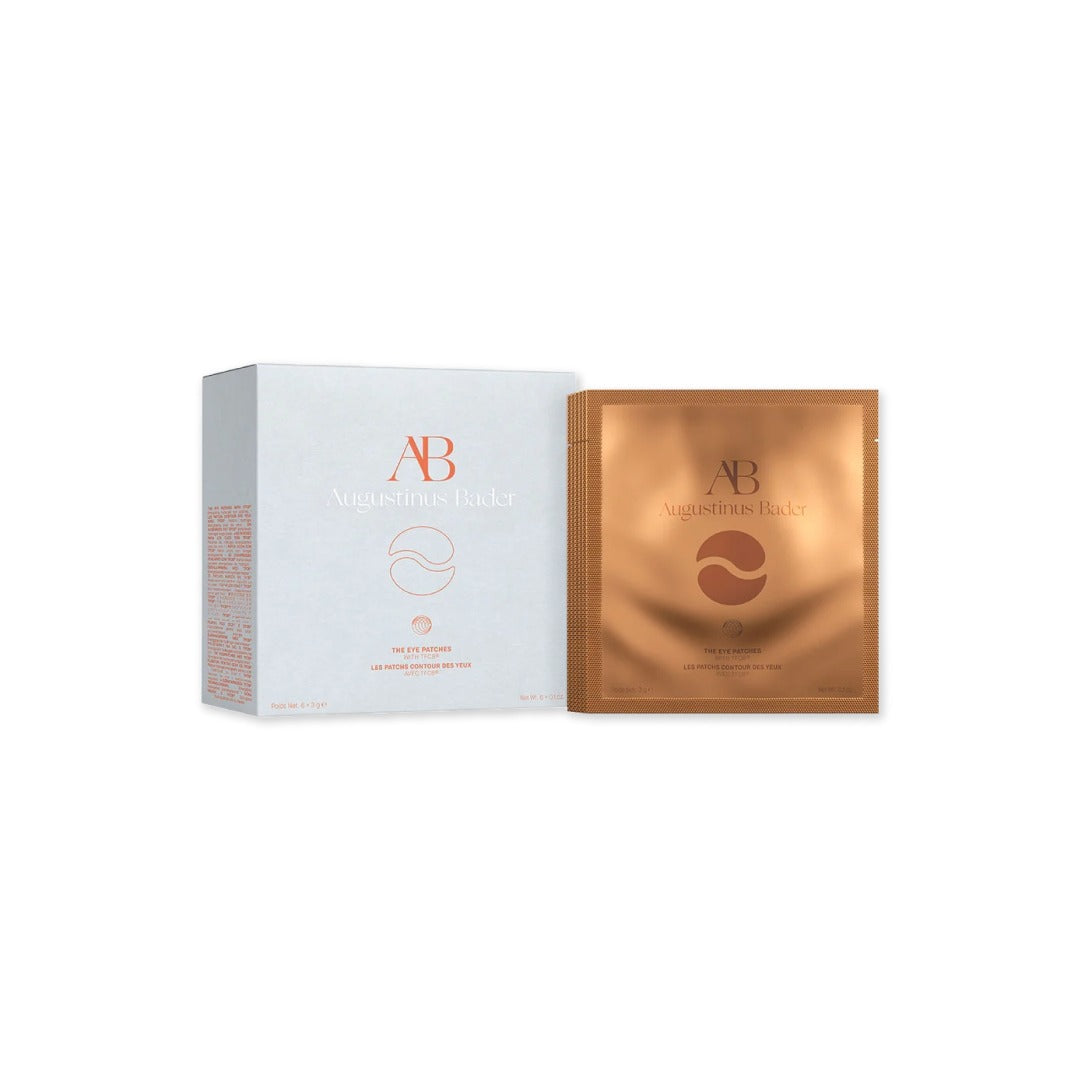Have you ever read the ingredients list on your cosmetics and noticed names like Polysorbate 60, Sodium Laureth Sulfate, or PEG-100 Stearate? These are just a few examples of ethoxylated ingredients. While these ingredients are commonly used as surfactants and emulsifiers to improve the texture and spreadability of products, it's important to be aware of the potential risks they carry.
What Are Ethoxylated Ingredients?
Ethoxylated ingredients are standard components in many cosmetics and personal care products. They undergo a process called ethoxylation, which involves reacting an alcohol, amine or phenol with ethylene oxide.
The Hidden Risk: 1,4-Dioxane Contamination
The downside of ethoxylation is that it can leave behind harmful contaminants like 1,4-dioxane. Research indicates that 1,4-dioxane can easily penetrate the skin and is classified as a possible carcinogen by the International Agency for Research on Cancer (IARC). This contaminant is a concern because it is not intentionally added to products and won't appear on ingredient lists, making it difficult for consumers to avoid.
Due to the potential health risks, both ethylene oxide and 1,4-dioxane are banned in cosmetics in Canada and the European Union. However, these ingredients are still present in many products available in other parts of the world, including the US.
How to Avoid Ethoxylated Ingredients?
Since 1,4-dioxane or ethylene oxide won’t be listed on cosmetic labels, it's crucial to know how to identify products that might contain these contaminants.
Here are some tips to help you avoid ethoxylated ingredients:
Look for Ingredients ending in -eth, Polysorbate and PEG:
- Common examples include:
- Sodium Laureth Sulfate
- Ceteareth-25
- Ceteareth-20
- Steareth-20
- Laureth-4
- PEG compounds such as:
- PEG-100 Stearate
- PEG-40 Hydrogenated Castor Oil
- PEG-7 Glyceryl Cocoate
- Polysorbates like:
- Polysorbate 60
- Polysorbate 80
Educating Consumers for Safer Choices
This blog is not intended to make any statements or to encourage you to avoid ethoxylated ingredients. The purpose of this blog is to provide you with information gathered from chemists, brand owners, and labs, empowering you to make your own decisions.
Resources:
Spath, D.P. “1,4-Dioxane Action Level.” March 24, 1998. Memorandum from Spath, Chief of the Division of Drinking Water and Environmental Management, Department of Health Services, 601 North 7th Street, Sacramento, California 95814 to George Alexeeff, Deputy Director for Scientific Affairs, Office of Environmental Health Hazard Assessment. Available online: http://www.oehha.ca.gov/water/pals/pdf/PAL14DIOXAN.pdf.
IARC: International Agency for Research on Cancer. IARC monographs. 1,4-dioxane. Available online: http://monographs.iarc.fr/ENG/Classification/ClassificationsAlphaOrder.pdf.
Health Canada. Consumer Product Safety. Cosmetic Ingredient Hotlist: List of ingredients that are prohibited for use in cosmetic products. 1,4-Dioxane. Available online: http://www.hc-sc.gc.ca/cps-spc/cosmet-person/hot-list-critique/hotlist-liste-eng.php.
European Union: List of substances prohibited in cosmetic products. Ethylene oxide. Available online: http://eur-lex.europa.eu/legal-content/EN/TXT/?uri=CELEX:32009R1223.
